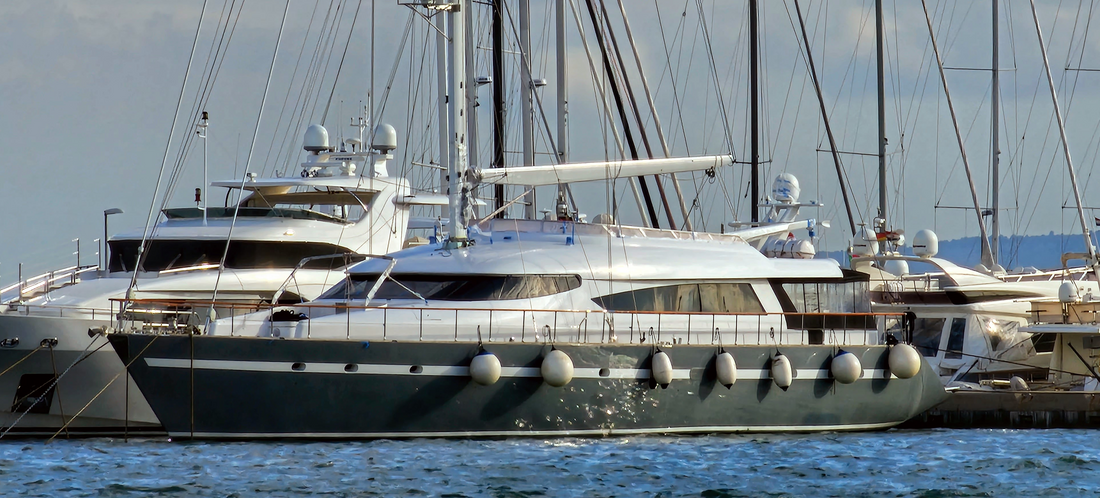
About NMEA 2000 Cable and Connectors
Share
About NMEA 2000 Cable and Connectors
NMEA 2000 (National Marine Electronics Association) is a communication protocol standard used in marine electronics to enable communication between different devices on a boat or ship. NMEA 2000 networks are commonly used for sharing data among instruments, sensors, and other marine equipment. Cables and connectors play a crucial role in establishing and maintaining these networks.
Here's some information about NMEA 2000 cables and connectors:
1. NMEA 2000 Cable Types:
- DeviceNet Cable: NMEA 2000 networks typically use a type of cable known as DeviceNet cable. This cable consists of two twisted pairs of wires, a power wire, and a drain wire for grounding. The twisted pairs carry differential signal pairs to minimize electromagnetic interference.
Maretron NMEA 2000 Micro Cordsets
2. Connectors:
- Micro-C Connector: The NMEA 2000 Micro-C connector is a standard connection used in many NMEA 2000 networks. It's a small, 5-pin connector that provides power and data connectivity. The pins are used for power, ground, and CAN High, CAN Low, and Shield for data transmission.
- Mini Connector: This is a slightly larger 5-pin connector, providing additional connections for devices that require more power and data lines. It includes pins for power, ground, CAN High, CAN Low pins
NMEA 2000 Maretron Micro Connectors
NMEA 2000 Maretron Mini Connectors
NMEA 2000 Micro Connectors
3. Installation:
- When installing NMEA 2000 cables, it's important to follow proper installation practices to ensure reliable communication and minimize interference.
- Cables should be properly terminated at each end using terminators to prevent signal reflections.
- The network should be powered using a dedicated power source to ensure stable operation.
4. Terminators:
- Terminators are resistors connected at each end of the NMEA 2000 network to absorb the signal and prevent reflections. This is important for maintaining signal integrity.
5. Power Supply:
- NMEA 2000 networks typically operate on a power supply of 12 or 24 volts DC. Power is distributed along the network using the power wires in the cables.
6. Waterproofing:
- Many NMEA 2000 connectors are designed to be waterproof to protect against the marine environment. This is essential for maintaining the integrity of the connections over time.
When setting up a NMEA 2000 network, it's important to consult the documentation provided by the equipment manufacturers and follow NMEA guidelines to ensure proper installation and compatibility between devices.
For a more detailed look at NMEA 2000 Cables, Connectors and Networks Click this Link:
